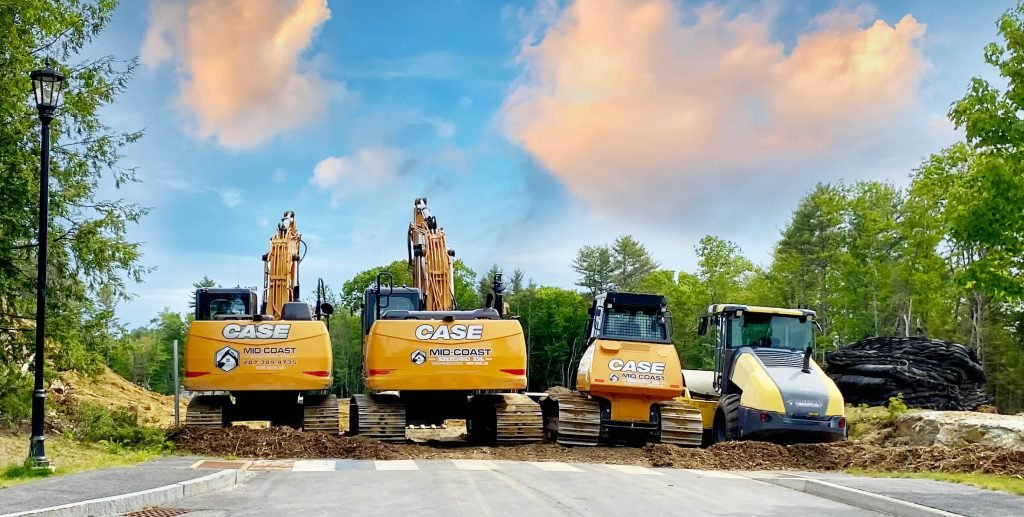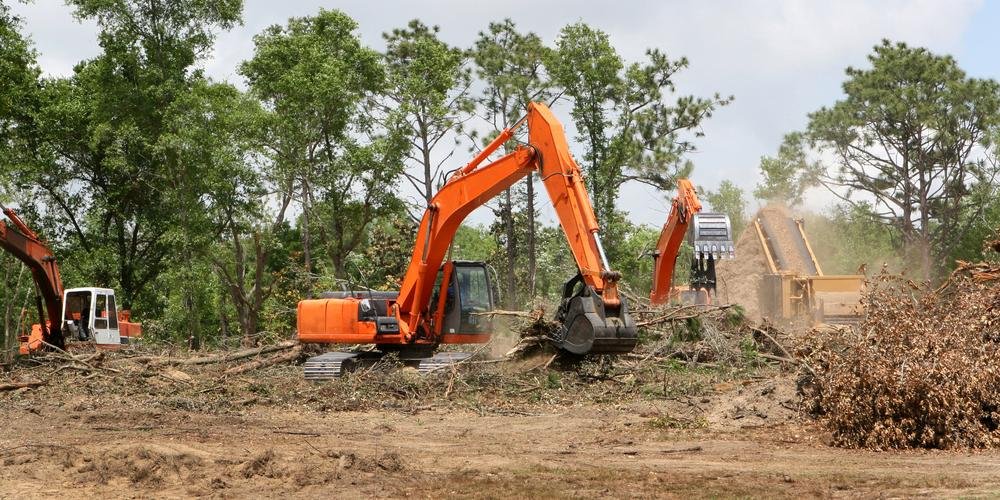[ad_1]
Sustainable Land Clearing: A Comprehensive Guide
Land clearing is a necessary part of many industries. From agriculture to construction, land clearing is an essential activity that can have a significant impact on the environment. However, it is possible to do land clearing in a way that is sustainable and helps to protect the environment. This guide will provide a comprehensive overview of sustainable land clearing and the steps that can be taken to ensure it is carried out responsibly.
What is Sustainable Land Clearing?
Sustainable land clearing is the practice of removing trees, shrubs, and other vegetation from an area while still maintaining the natural balance of the environment. It involves careful planning and consideration of the environment to ensure that the land is cleared without causing destruction or disruption to the surrounding areas. Sustainable land clearing also takes into account the impact of the activity on local wildlife and ecosystems.
Steps to Follow for Sustainable Land Clearing
When it comes to sustainable land clearing, there are several steps that should be taken to ensure that it is done responsibly. These steps include:
1. Conduct an Environmental Impact Assessment
Before any land clearing activity is undertaken, an environmental impact assessment should be conducted to determine the potential effects of the land clearing on the environment. The assessment should consider the impact on local wildlife, soil quality, water sources, and air quality.
2. Use Sustainable Methods
When it comes to the actual land clearing, sustainable methods should be used. This includes avoiding the use of chemicals, minimizing the use of machinery, and utilizing mulching techniques. By utilizing sustainable methods, the impact of the land clearing on the environment can be reduced.
3. Replant and Restore the Area
After the land clearing activity is complete, it is important to replant and restore the area. This can be done by planting native species that are suitable for the local climate and environment. It is also important to use organic fertilizers and soil amendments to ensure that the new vegetation is able to thrive.
4. Monitor and Evaluate
Finally, it is important to monitor and evaluate the land clearing activity. This can be done by regularly checking the area to ensure that the land is being cleared responsibly and that the replanted vegetation is thriving.
Conclusion
Sustainable land clearing is essential in order to protect the environment and ensure that the land is not being damaged or destroyed. By following the steps outlined above, land clearing activities can be conducted in a sustainable and responsible way. It is important to remember that land clearing should only be conducted when necessary and with careful consideration of the environmental impact.
[ad_2]





